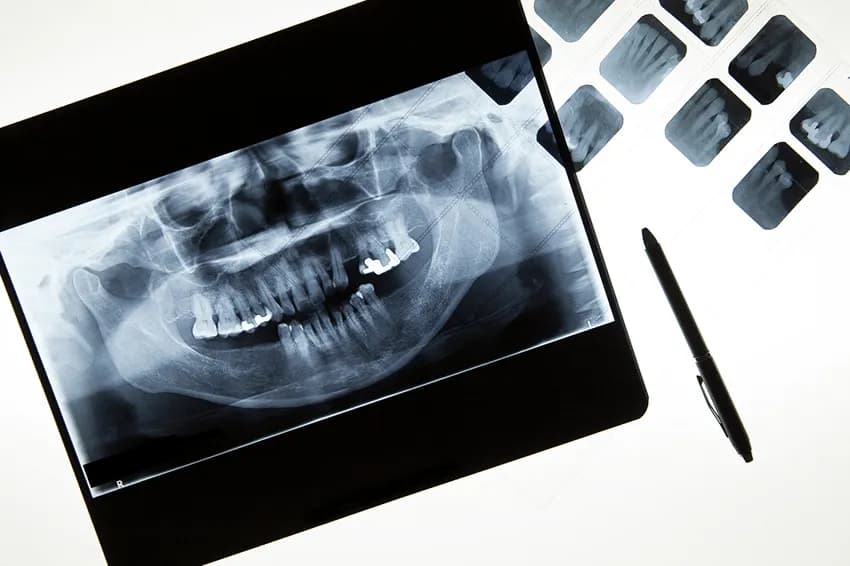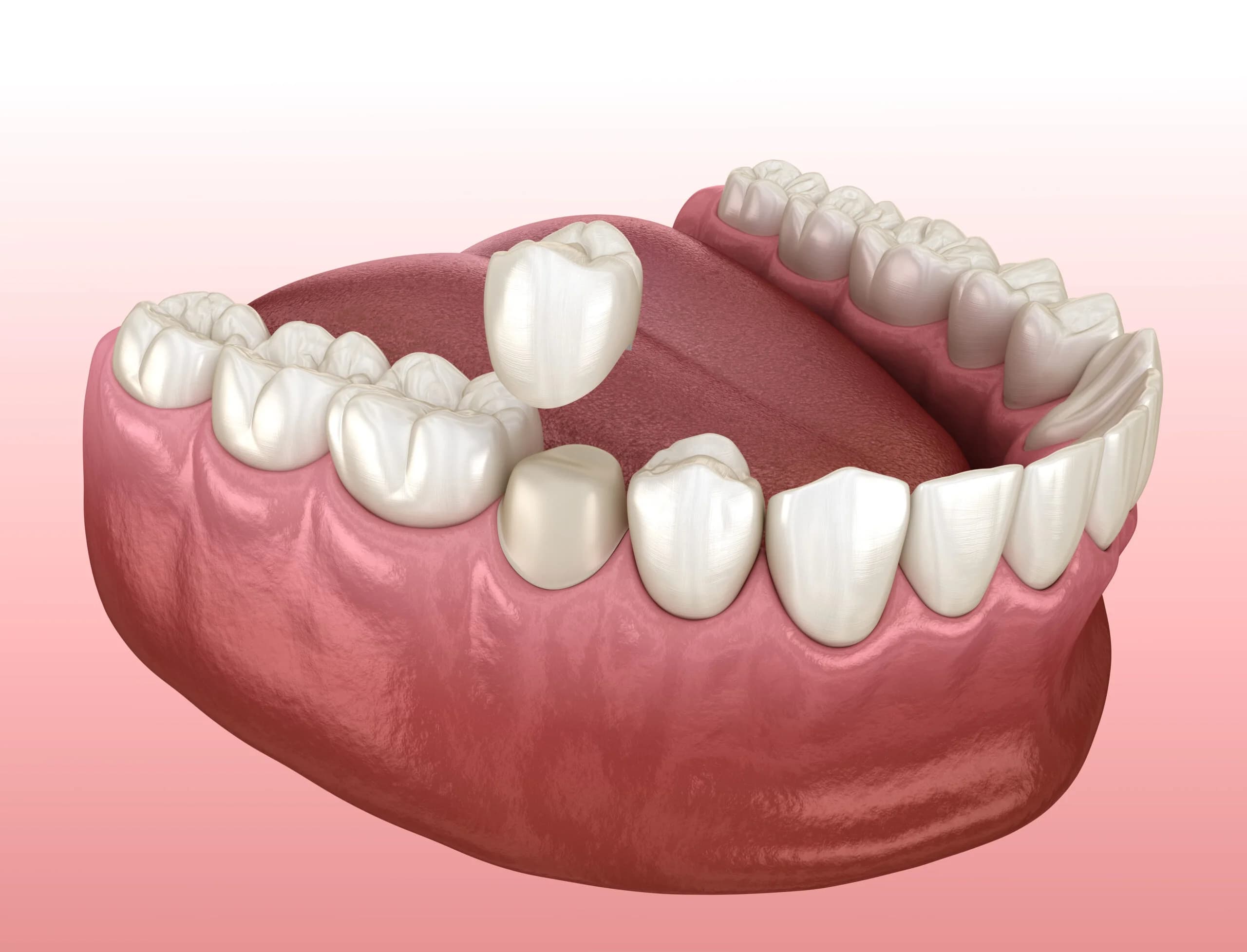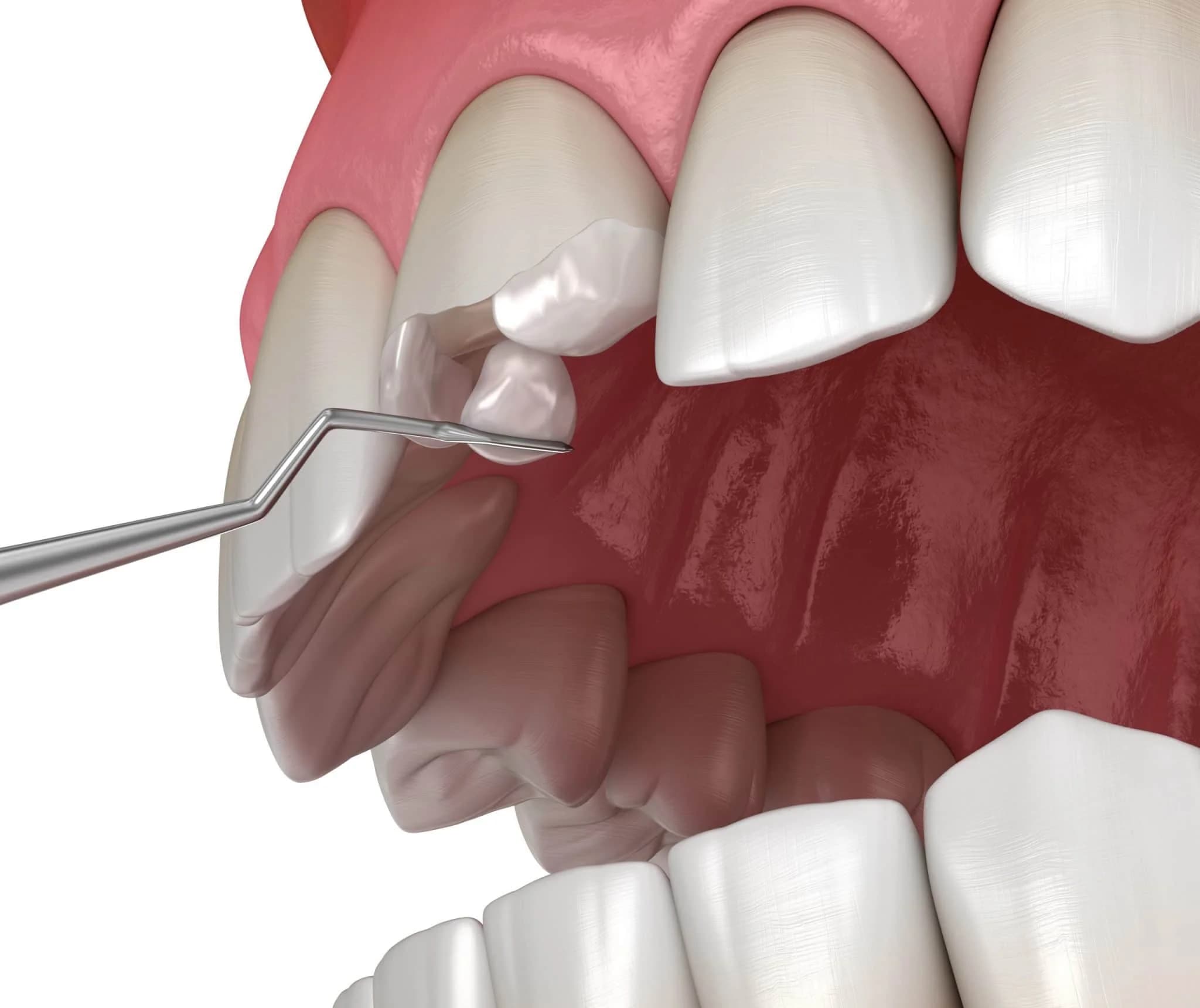Restorative dentistry focuses on repairing or replacing damaged or missing teeth. The procedures include crowns, bridges, and implants which are all used to improve oral health and function. Tooth restoration can restore the natural function of your teeth, plus prevent additional damage from decay.
What is restorative dentistry?
Restorative dentistry is used to repair damaged or missing teeth. This process aims to achieve optimum dental function and aesthetics for patients. The main goal of restorative dentistry is to improve oral health and chewing function. Restorative dental procedures help by:
Repairing damage from inadequate dental fillings or bonding treatment
Restoring missing parts of tooth structure with inlays, on-lays, crowns, or fillings
Replacing missing teeth entirely with artificial restorations, such as implants, bridges, or dentures

Different types of dental restoration
There are several different types of dental restorations, depending on your unique oral health needs:
Fillings
Tooth decay is caused by bacteria eating away the tooth enamel, which leaves a hole called a cavity. Dental fillings are used to repair the smaller cavities and reduce the risk of further damage. For this, your dentist will remove the decayed portion of the tooth, and then fill it with tooth-coloredcomposite material. If you have deep cavities or delay getting cavities filled, that can lead to root canal therapy or tooth extraction.
Crowns
Dental crowns are used to repair large cavities or to restore broken teeth. Since a crown will fit your entire tooth, your dentist must remove some of your natural tooth enamel. Crowns may become chipped or loosened over time.

Inlays and Onlays
If the size of your cavity is too big for a filling and too small for a crown, then an inlay or onlay may be used. These custom restorations fit into your natural tooth structure like puzzle pieces and are bonded into place. While an inlay fills the area between the cusps of your teeth, an onlay also covers at least one cusp.
Root canal therapy
If a tooth crack or cavity is deep enough into the tooth that reaches the pulp, bacteria can cause a painful infection. In these cases, root canal therapy is necessary. During this procedure, your dentist removes the diseased pulp, including the tiny nerves and blood vessels inside of your tooth. Then the inside surface of your teeth will be thoroughly cleaned and disinfected. Gutta percha, a rubbery dental material is used to fill the canals. This is covered with a filling to prevent bacteria from entering the tooth.
Bridges
Dental bridges are used to replace a single missing tooth or a row of missing teeth. A bridge consists of artificial teeth with dental crowns on either side. The natural teeth on both sides of the gap will be shaven down then the bridge is bonded to your natural teeth. The crowns fit over your natural teeth and the artificial teeth span the gap in between them.
Dental implants
Dental implants are used to replace missing tooth roots. A crown is then added to your dental implant and looks like a natural tooth. Many dentists consider implants to be the golden standard of teeth replacement.
Dentures
A full denture is used to replace an entire arch of missing teeth. Partial dentures can also be used to replace several missing teeth. Dentures rest on top of your gums, and the jawbone underneath supports them. A new type of denture is attached to dental implants, offering more stability compared to dentures that rest atop your gums.
What are the advantages of restorative dentistry?
Restorative dentistry offers benefits such as:
Restoring oral health
Improving chewing function
Eliminating dental pain
Reducing the risk of dental issues in the future
Improving the appearance of your smile

What are the risks of restorative dentistry?
Restorative dentistry may cause some sensitivity or discomfort. In rare cases, patients may get an infection or have an allergic reaction to the metals used.
Conclusion
In conclusion, restorative dentistry is a specialized field of dentistry focused on restoring the health and functionality of the mouth. It encompasses various treatments designed to repair or replace damaged or missing teeth, such as fillings, crowns, bridges, dentures, and implants. These procedures not only improve oral health but also enhance the appearance of the smile. Restorative dentistry plays a crucial role in preventing further dental issues, improving chewing efficiency, and boosting overall confidence. However, the choice of treatment depends on the individual’s specific dental condition, and therefore, consultation with a dental professional is essential. Restorative dentistry, thus, significantly contributes to enhancing the quality of life for many individuals.